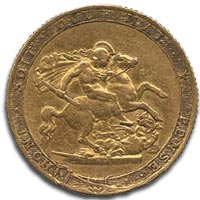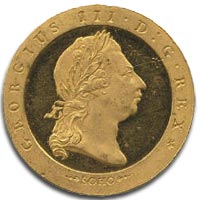Contents
Coin Value Factors are the factors that determine Collectable Coin Values.
There are a host of factors that influence the market value of a collectible coin. Some of these are dependent on the actual coin, like condition, age, how many were minted and any errors produced.
Other coin value factors are purely dependent on market forces, which can be changed by mass psychology, non-coin related economic factors and dozens of other causes.
Coin Collectors have no control over the large scale coin values and factors, such as current general economic well-being.
But when considering an acquisition or sale, there are many factors that a coin collector can and should look at.
Coin Grade is the first and most obvious of those factors.
Even before seeking out one of the professional grading services, (ie; Professional Coin Grading Service – PGCS or Numismatic Guaranty Corporation – NGC), there are determinations collectors can make for themselves.
A visual inspection will allow the collector to categorize the coin simply into Mint, Flawless, Good, etc. and they can use Catalogs to help make that determination.
Coin History is another important factor in coin value.
Though it's far from an ironclad rule, an 1860 dollar produced during the Civil War will generally be worth more than a 1960 dollar, simply because of the age.
But age is only one obvious factor in a coins history. What about ownership history, use and wear, the mint and other factors.
Coin Rarity is also important.
It isn't inherent in collectable coin values itself, but is a relative factor.
How many other coins were produced or how many exist in a given condition. In general, the fewer of a certain type of coin produced, the more likely that coin is to be valued highly.
Coins produced at the San Francisico or Denver mints tend to be rarer than Philadephia as Philadelpia produced many more than any other mint for decades.
Look for American coins with the 'd' for Denver, 'cc' for Carson City (Nevada), 's' for San Francisco or check for the 'P' or no mark for Philadelphia.
Rarity can also be influenced by another factor.
If the coin was struck in a fashion that produced an error, it can become even rarer as a result of the error.
- Colonial coins with planchet flaws or weakly struck designs are just two examples.
- Coins that have lint marks, where foreign material came between the planchet and the die can influence the coins value.
So-called 'errors' of this sort, along with others such as file marks, double-strikes, etc, can increase the value of a coin simply because they don't happen often. This makes the coin different and therefore rarer than its perfect cousin, minted at the same time.
Damaged condition
Good rather than Mint generally lessens coin values. But in the case of errors, it may be higher.
This is a different situation from those coins that simply have common everyday defects, such as nicks or wear that can be produced by coins rubbing together in carry bags, being used in machines or through simple human handling over decades.
Market psychology
Another important factor in economic value, as fads come and go. Paintings, for instance, are notoriously fickle where price and fads are concerned and Collectable Coins can suffer a similar fate.
Those market factors are not under the coin collectors control and the best a collector can do is simply try to guess what future fads and conditions might be.
So, assessing coin value factors means carefully investigating the properties of the collectible coin and then researching its history. This will then represent the first step in determining your collectable coins value.





Leave a Reply
You must be logged in to post a comment.